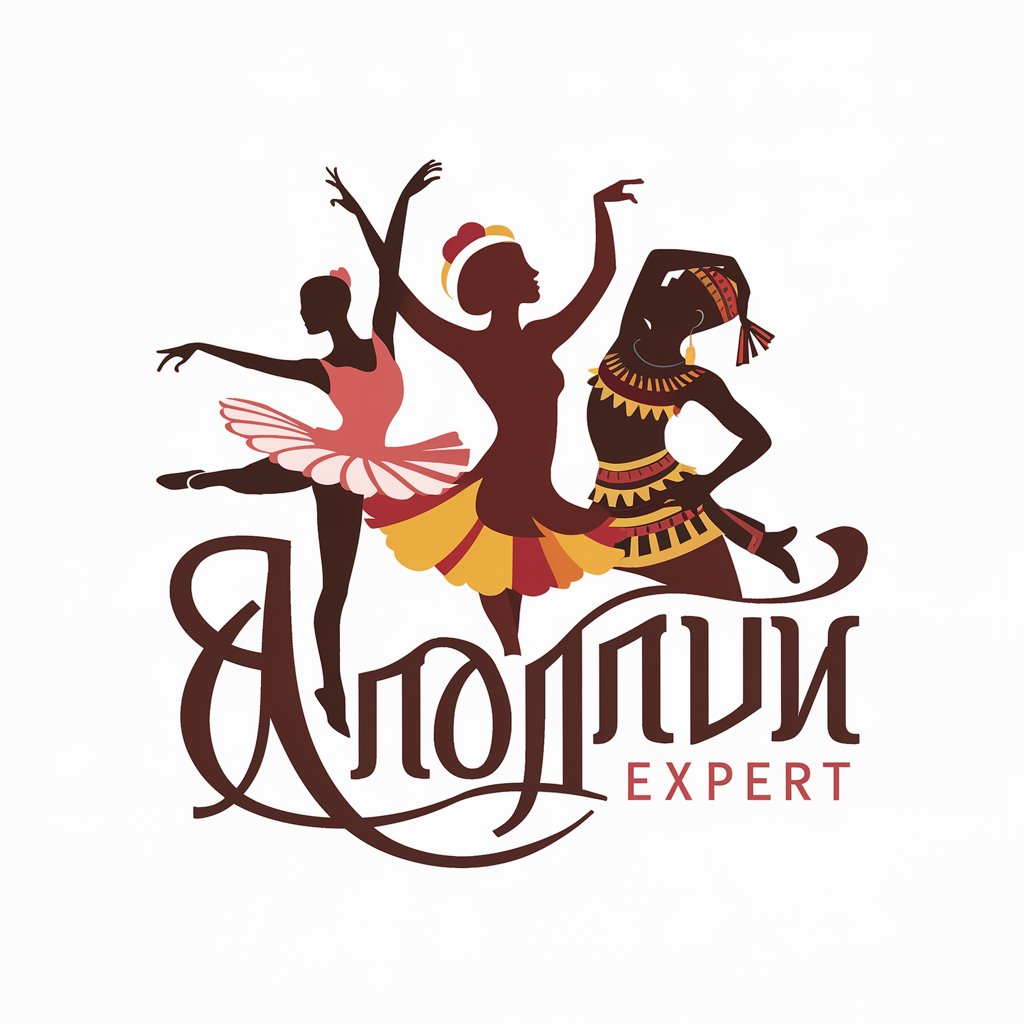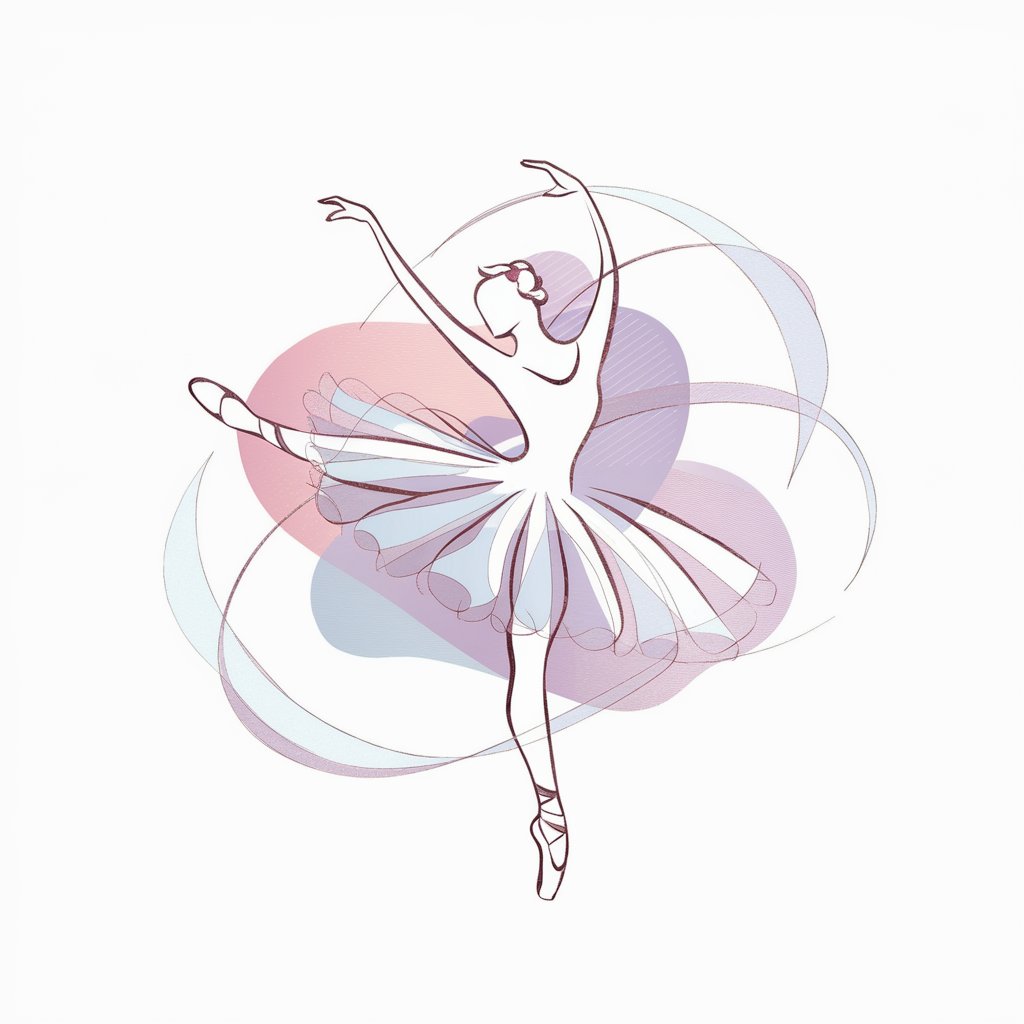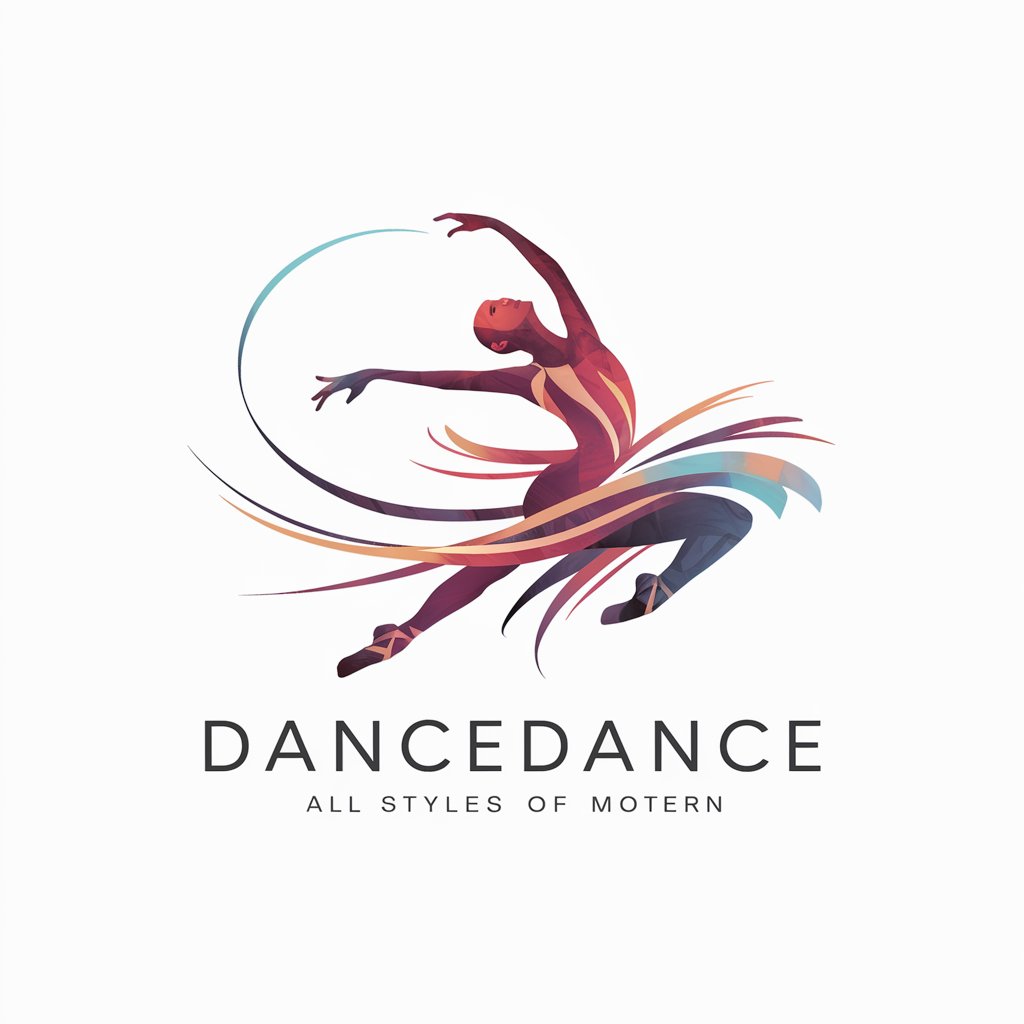5 GPTs for Choreography Creation Powered by AI for Free of 2025
AI GPTs for Choreography Creation are advanced artificial intelligence tools designed to aid in the generation and development of dance choreographies. Leveraging the power of Generative Pre-trained Transformers (GPTs), these tools offer innovative solutions for creating, adapting, and refining dance sequences. By understanding the nuances of dance movements, music synchronization, and performance styles, AI GPTs provide tailored assistance in the choreography domain, making them invaluable for creative experimentation and professional choreography design.
Top 5 GPTs for Choreography Creation are: 舞蹈学专家,Dance,🩰 En Pointe Ballet Mentor 🩰,🩰 Ballet Virtuoso Companion 🌟,Dance Muse
舞蹈学专家
Empowering dance knowledge with AI.

Dance
Empowering Your Dance Journey with AI
🩰 En Pointe Ballet Mentor 🩰
Elevate Your Ballet with AI

🩰 Ballet Virtuoso Companion 🌟
Empowering Your Ballet Journey with AI

Dance Muse
Empowering dance creation with AI

Key Attributes and Capabilities
AI GPTs for Choreography Creation boast a range of unique features tailored to the dance and performance arts. These include the ability to generate dance steps based on specific genres, adapt choreographies to different music tempos and styles, and provide suggestions for improving synchronization and expression. Advanced capabilities also encompass language learning for interpreting choreographic notes, technical support for integrating motion-capture technology, web searching for inspiration, image creation for visualizing movements, and data analysis for optimizing performances.
Intended Users of Choreography AI
The primary users of AI GPTs for Choreography Creation span from dance novices to professional choreographers and developers in the performing arts sector. These tools are designed to be accessible to individuals without programming knowledge, offering intuitive interfaces for choreography generation. Simultaneously, they provide extensive customization options for those with coding skills, allowing for the development of highly personalized choreographic solutions.
Try Our other AI GPTs tools for Free
Deal Negotiation
Explore AI GPTs for Deal Negotiation: cutting-edge tools designed to enhance negotiation strategies with AI-powered insights and tailored support.
Esperanto Tutoring
Unlock the potential of Esperanto with AI GPT tutoring tools. Experience personalized learning, interactive exercises, and cultural insights tailored to your pace and style.
Property Consultation
Discover how AI GPTs for Property Consultation are transforming the real estate industry with advanced data analysis, market insights, and tailored advice for professionals and individuals alike.
Dietary Substitutes
Discover tailored dietary solutions with AI GPTs for Dietary Substitutes, leveraging advanced AI to offer personalized nutrition advice and alternative food suggestions.
Ingredient Guides
Explore the forefront of culinary innovation with AI GPTs for Ingredient Guides. Tailored solutions for recipes, nutrition, and food trends at your fingertips.
Metaphysical Study
Explore the intersection of AI and metaphysics with AI GPT tools designed for metaphysical study. Tailored for in-depth analysis and exploration, these tools cater to both novices and professionals in the field.
Enhanced Perspectives on Choreography AI
AI GPTs for Choreography Creation represent a significant advancement in the intersection of technology and the performing arts. They offer choreographers and dancers new avenues for creativity and performance improvement. User-friendly interfaces ensure ease of use, while the possibility of integration with existing systems or workflows opens up new opportunities for innovation and efficiency in choreography creation and presentation.
Frequently Asked Questions
What exactly are AI GPTs for Choreography Creation?
AI GPTs for Choreography Creation are specialized artificial intelligence tools designed to assist in the creation and refinement of dance choreographies through the use of Generative Pre-trained Transformers technology.
Who can benefit from using these AI tools?
Dance enthusiasts, choreographers, dance instructors, students, and technology developers in the field of performing arts can all benefit from the advanced capabilities of these AI tools.
Do I need programming skills to use these tools?
No, these tools are designed with user-friendly interfaces that require no programming skills, making them accessible to a wide audience.
Can these tools adapt choreographies to any music genre?
Yes, AI GPTs for Choreography Creation are designed to adapt and create dance sequences for a wide range of music genres, taking into account tempo, rhythm, and style.
How do these tools help improve dance performance?
They provide feedback on synchronization, expression, and movement fluidity, offering suggestions for improvement based on advanced data analysis.
Can I customize the choreographies generated by AI?
Yes, these tools offer extensive customization options, allowing users to tweak and refine choreographies to meet their specific needs and preferences.
Are there any special features for professional choreographers?
Professional choreographers can leverage advanced features such as motion-capture integration, complex sequence generation, and performance optimization analytics.
How does AI GPT technology support creative choreography design?
AI GPT technology supports creative design by generating innovative dance moves, suggesting enhancements to existing choreographies, and enabling the exploration of new styles and concepts.